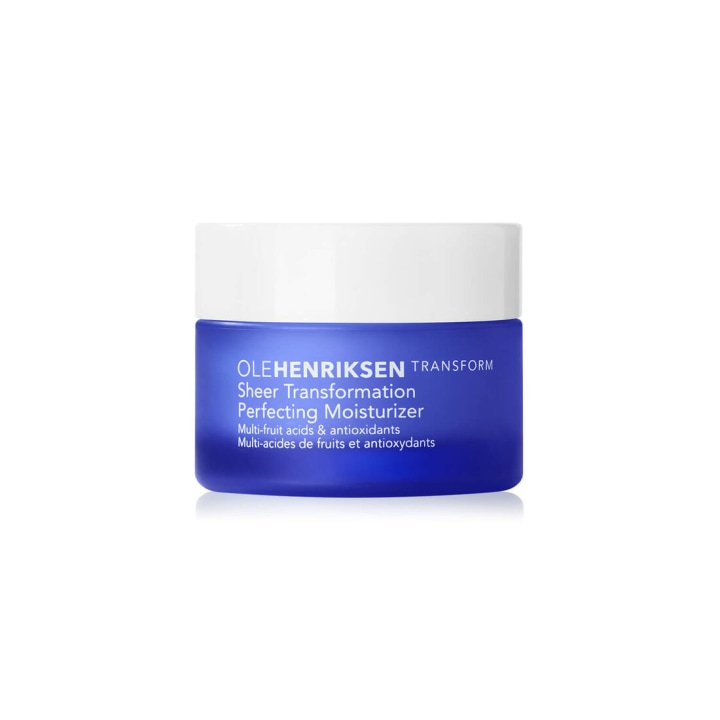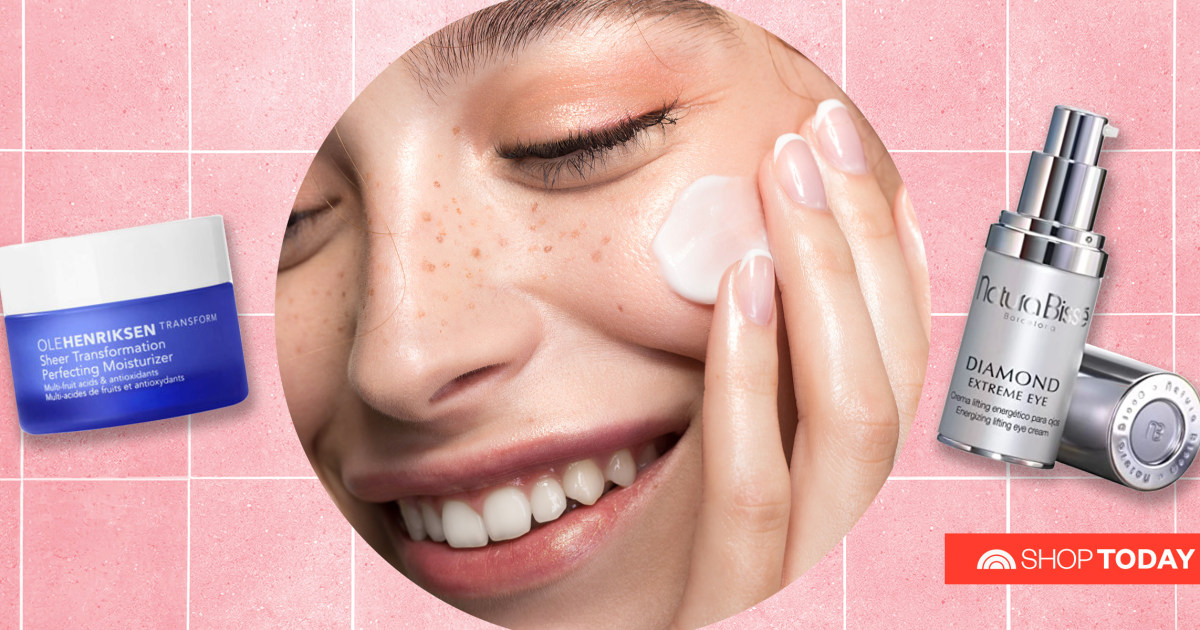Table of Contents
When you hear licorice, long strands of twisted gelatinous candy are the first thing that probably come to mind. But what if I told you that this polarizing confection is more than just a way to satisfy your sweet tooth?
Recently, licorice has been utilized more frequently in skin care products thanks to its naturally beneficial compounds and properties. But how does it exactly work? To sift through some of the mystery, Shop TODAY asked board-certified dermatologists about what licorice does in skin care products, along with some tips people should keep in mind if they want to incorporate it in their beauty routine.
My thoughts about licorice candy aren’t too far off from the ingredient appearing in skin care products, board-certified dermatologist Dr. Noëlle Sherber reassured me. “Both licorice sweets and the licorice extract used in skin care come from the root of the Glycyrrhiza glabra plant,” she said.
In skin care, licorice extract contains a chemical compound called glabridin which inhibits tyrosinase, the enzyme that controls the production of melanin, explained Dr. Debra Jaliman, board-certified dermatologist and assistant professor of dermatology at the Icahn School of Medicine at Mount Sinai. As a result, licorice extract can be used to help with hyperpigmentation, melasma and inflammation.
Dr. Sheila Farhang, Arizona-based dermatologist and founder of Avant Dermatology & Aesthetics, told us that licorice extract is similar in effect to hydroquinone (a depigmenting agent), albeit a bit gentler. “You can’t really use [hydroquinone] more than four months because you’ll get that darkening; it’s just not good for the skin.”
Both Jaliman and Farhang noted that you can couple licorice extract with other antioxidants with skin brightening results like vitamin C and azelaic acid.
Pick products that sit on the skin. Jaliman recommends using a serum to see faster results because it’s more concentrated. A moisturizer is also acceptable, she added. Jaliman does not, however, recommend using a cleanser because it doesn’t stay on the skin long enough to allow the ingredients to penetrate. Sherber echoed similar sentiments, noting that “leave-on products (such as serums or creams) are going to make more of an impact than rinse-off products (such as cleansers or masks).”
Farhang has also seen licorice extract in spot treatments and believes it’s a good approach to get the most out of the ingredient because spot treatments focus on smaller areas.
Be wary of brand claims. Farhang stressed the importance of being mindful about the products you choose. She recommends looking at other products from a brand you’re considering and taking a good look at the claims they’re making. If they’re making big, bold claims like being just as good as prescription products or claiming to get rid of your melasma, she recommends thinking twice before choosing it.
Don’t use two products that do the same thing. While you might be tempted to “get the most” out of a certain ingredient by using several products that claim to do the same thing, Farhang says that’s probably not the best approach because it has the potential to cause irritation depending on your skin type.
Start slowly. Despite licorice extract being generally pretty gentle and non-irritating, Jaliman, Farhang and Sherber all recommend starting slowly with one product at a time to ensure that you won’t have a reaction. “As with any active ingredient, it’s best to introduce it without cocktailing with other potential irritants such as exfoliating acids or retinoids. Once you have tried the product over several days and have experienced no redness or irritation, you can add back other actives to your regimen,” Sherber told us.
Use sunscreen. It should come as a surprise to no one that Sherber emphasized the importance of using a daily sunscreen with broad-spectrum sun protection. She recommends using a sunscreen with at least SPF 30 and contains physical filters like zinc oxide for the best pigment defense possible.
Be patient. It’s what all dermatologists say and no patient wants to hear, but you must be patient when looking for a difference in your skin. “Skin care products are really subtle, especially if they’re anti-aging or things like that,” Farhang said. She, Jaliman and Sherber recommend waiting anywhere from one to three months to really start seeing a difference. If it’s a more expensive product, Farhang will recommend finishing the whole bottle (if you don’t have a negative reaction) and if you’re still not satisfied, then moving on to something else.
Eucerin Redness Relief Night Cream
If you’re struggling with redness, Jaliman recommends using this night cream. “It contains glycerin and squalene as well as licorice root extract, so it is extremely moisturizing,” she said.
Ole Henriksen Sheer Transformation Perfecting Moisturizer

Made with glycerin, licorice root extract and soothing chamomile, Jaliman recommends this moisturizer from Ole Henriksen. It touts benefits like hydration, smoothing skin texture, evening skin tone and improving the appearance of dark spots and discoloration.
Sunday Riley Good Genes All-In-One Lactic Acid Treatment
Jaliman recommends this treatment made with licorice to brighten the skin, lactic acid to exfoliate dead skin cells and arnica to soothe the skin. According to a clinical study conducted by the brand, “100% of women said their skin looked and felt significantly smoother and more radiant, with visibly reduced lines and wrinkles after application.”
For more stories like this, check out:
Subscribe to our Stuff We Love and One Great Find newsletters, and download our TODAY app to discover deals, shopping tips, budget-friendly product recommendations and more!
https://www.today.com/shop/licorice-extract-tips-products-t242887
 fashion rec fashion wanted
fashion rec fashion wanted




